Articles > Geography
South America is home to over 400 million people and has numerous quizzes on hugequiz. From the popular South America Largest Cities to the challenging South America Country Drawing Challenge, here are the countries (and one territory) of South America.
Argentina

Argentina, the second-largest country in South America, is renowned for its diverse geography, from the Andes mountains in the west to the Pampas plains in the center and the glaciers of Patagonia in the south. Buenos Aires, its vibrant capital, is known for its European-style architecture, rich cultural heritage, and bustling nightlife. Argentina has a strong cultural identity, particularly in music and dance, being the birthplace of tango.
Argentina’s economy is one of the largest in the region, largely supported by agriculture, with significant exports of beef, soybeans, and wine. Its wine production, especially from the Mendoza region, is world-renowned. Despite economic challenges, Argentina remains a leader in the region in education, culture, and scientific research.
Interesting Fact:
Argentina is home to Mount Aconcagua, the highest peak in both the Western and Southern Hemispheres, standing at 6,961 meters (22,837 feet).
Bolivia
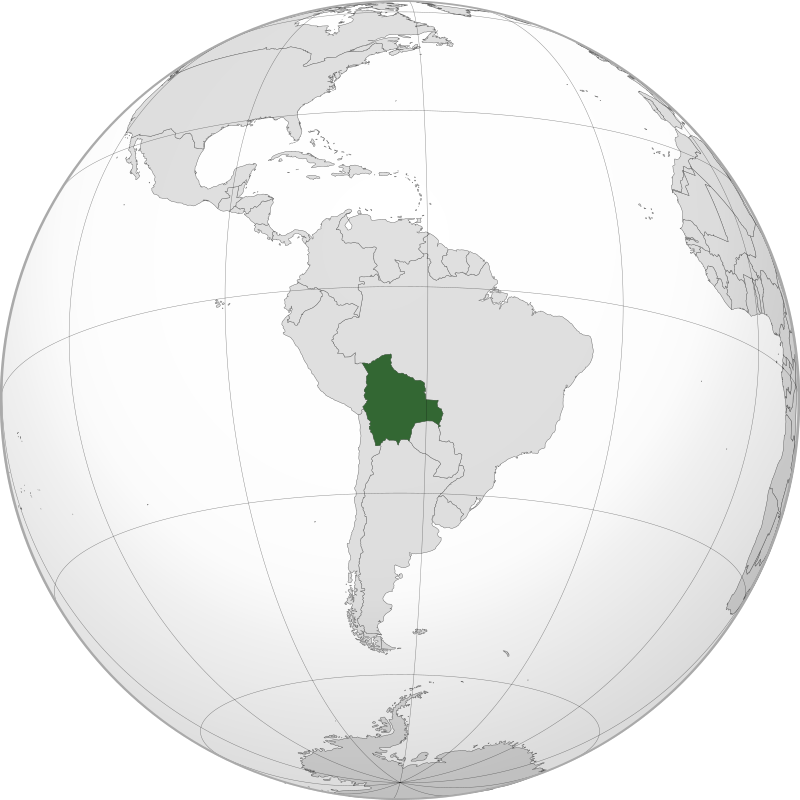
Bolivia is a landlocked country in central South America, known for its stunning Andean mountain landscapes, high-altitude cities, and diverse cultural heritage. Bolivia has two capitals: Sucre, the constitutional capital, and La Paz, the administrative capital and the highest capital city in the world. Bolivia is rich in natural resources, especially in minerals and gas, and is home to vast reserves of lithium, an essential component of modern batteries.
Bolivia’s indigenous heritage is central to its identity, with many residents descending from indigenous groups such as the Quechua and Aymara. The country also boasts some of South America’s most iconic landmarks, including the Uyuni Salt Flats, the largest salt flat on Earth. Bolivia’s economy is heavily reliant on mining and natural gas, with agriculture playing a key role in rural areas.
Interesting Fact:
Bolivia has the world’s largest salt flat, Salar de Uyuni, which spans over 10,000 square kilometers (3,900 square miles) and creates surreal, mirror-like reflections during the rainy season.
Brazil

Brazil, the largest country in South America, is known for its vast rainforests, beautiful beaches, and vibrant cities. The Amazon Rainforest, often referred to as the “lungs of the Earth,” is a critical component of the global climate. Brazil is also famous for its diverse culture, rich music, and festivities, including Carnival, one of the largest and most colorful celebrations in the world.
As the most populous country in Latin America, Brazil has a dynamic economy, being a major player in agriculture, mining, and energy. It is also a leader in renewable energy, particularly biofuels. Its major cities, like Rio de Janeiro and São Paulo, are global centers for finance, culture, and tourism.
Interesting Fact:
Brazil is home to the Amazon River, the second-longest river in the world, and the Amazon Rainforest, which contains about 10% of all known species on Earth.
Chile

Chile is a long, narrow country stretching along the western edge of South America, with the Pacific Ocean to the west and the Andes Mountains to the east. Known for its striking natural beauty, Chile has a range of landscapes, including deserts, glaciers, and lush forests. The Atacama Desert, the driest desert in the world, is found in northern Chile, while the southern region is known for its fjords and glaciers.
Chile has one of the most stable and prosperous economies in South America, driven by mining, agriculture, and tourism. Santiago, its capital, is a modern, bustling city with a strong cultural scene and vibrant nightlife. Chile is also known for its wine production, with vineyards spread throughout the central part of the country.
Interesting Fact:
Chile’s Atacama Desert is one of the best places in the world for astronomical observations due to its high altitude, clear skies, and almost non-existent rainfall.
Colombia

Colombia, located in the northwestern part of South America, is known for its rich biodiversity, coffee production, and vibrant culture. It is the only country in South America with coastlines on both the Pacific Ocean and the Caribbean Sea, offering a variety of landscapes from beaches to mountains and rainforests. Bogota, the capital, is a high-altitude city with a bustling arts and cultural scene.
Colombia is one of the world’s leading coffee producers, and coffee culture is an essential part of its identity. The country has made significant strides in tourism and safety in recent years, welcoming visitors to its historic cities, stunning national parks, and cultural festivals.
Interesting Fact:
Colombia is one of the most biodiverse countries in the world, with a wide variety of flora and fauna, including more bird species than any other country.
Ecuador

Ecuador, located on the equator, is one of the smallest countries in South America but is known for its rich diversity. From the Andean mountains to the Amazon rainforest and the Galapagos Islands, Ecuador offers a wide range of ecosystems and unique wildlife. Quito, the capital, is renowned for its well-preserved historic center, a UNESCO World Heritage site.
The Galapagos Islands, located off the coast of Ecuador, are famous for their unique wildlife, studied by Charles Darwin during his research on natural selection. Ecuador’s economy is based on oil exports, agriculture, and tourism, and it is the world’s largest exporter of bananas.
Interesting Fact:
The Galapagos Islands are home to species found nowhere else on Earth, including giant tortoises, marine iguanas, and blue-footed boobies.
French Guiana
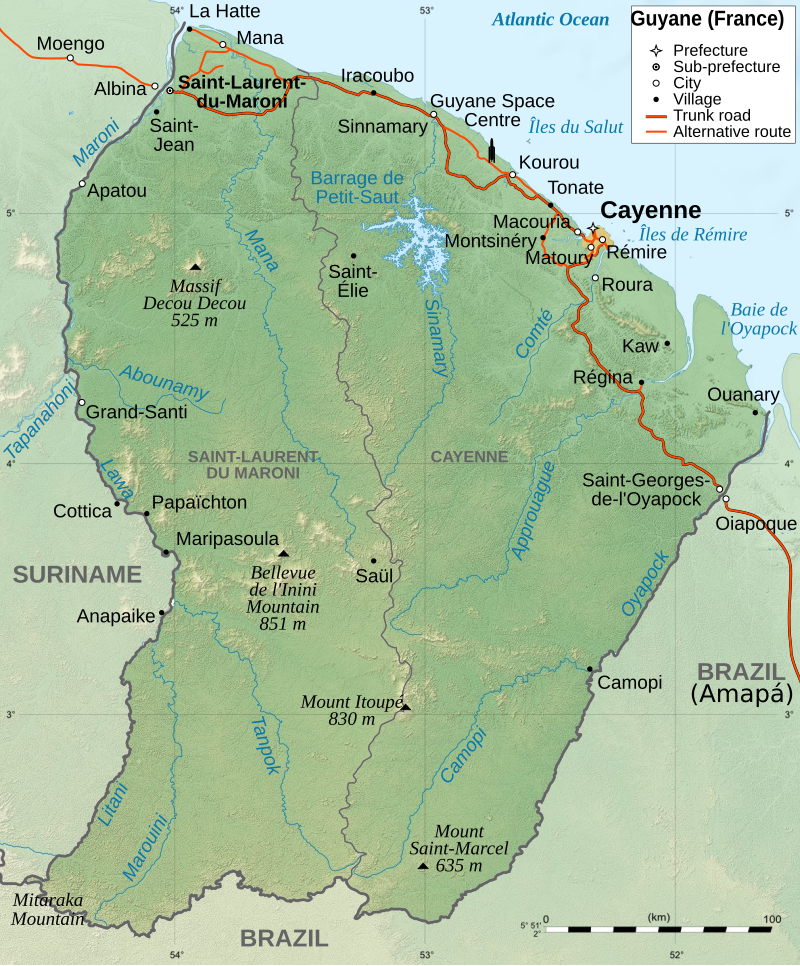
French Guiana, an overseas department of France, is located on the northern coast of South America. Known for its dense rainforests, it is part of the Amazon Basin, with much of its land covered by tropical forests. The European Space Agency’s Guiana Space Centre, located in Kourou, makes French Guiana strategically significant for Europe’s space programs.
As part of France, French Guiana uses the euro and is represented in the French parliament. Its population is highly diverse, with influences from indigenous communities, descendants of African slaves, and French settlers. French Guiana’s economy is largely supported by the space industry, public administration, and gold mining.
Interesting Fact:
French Guiana’s Devil’s Island was once a notorious French penal colony, where political prisoners, including Captain Alfred Dreyfus, were held in the late 19th and early 20th centuries.
Guyana
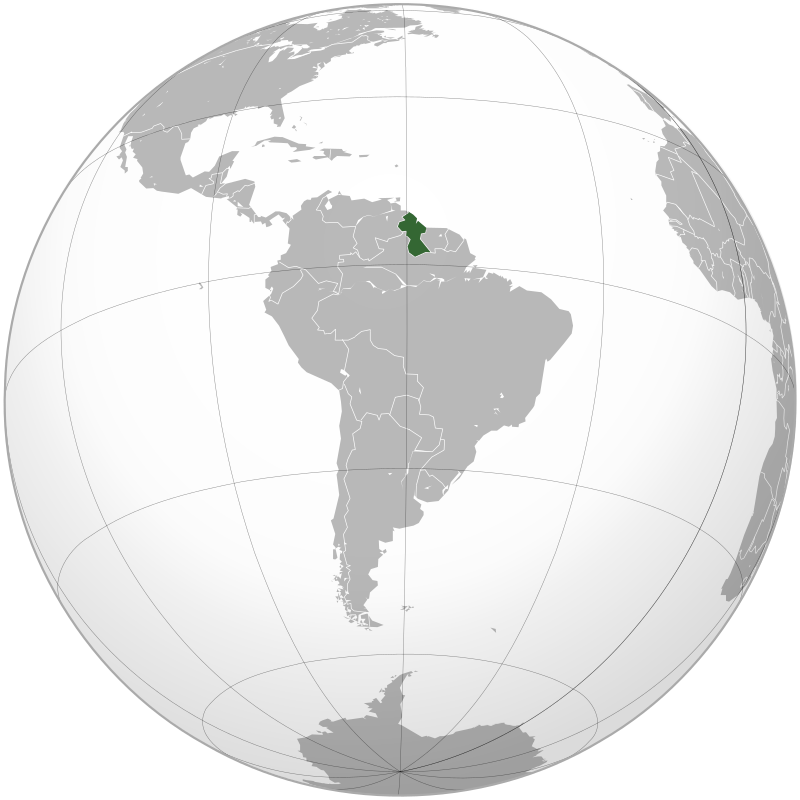
Guyana, located on the northern coast of South America, is the only English-speaking country on the continent. Known for its vast rainforests, rivers, and waterfalls, Guyana is a haven for ecotourism and adventure travel. Georgetown, the capital, is a city with colonial architecture, vibrant markets, and cultural sites.
Guyana’s economy has historically relied on agriculture, but recent discoveries of offshore oil have positioned it as one of the fastest-growing economies in the world. The country’s natural attractions, including the famous Kaieteur Falls, one of the world’s tallest waterfalls, are drawing more visitors interested in untouched landscapes and indigenous culture.
Interesting Fact:
Guyana’s Kaieteur Falls, at 741 feet, is one of the tallest single-drop waterfalls in the world and five times higher than Niagara Falls.
Paraguay

Paraguay, a landlocked country in central South America, is known for its unique blend of cultures, primarily Spanish and Guarani influences. With the Paraguay River running through the country, it boasts a variety of natural landscapes, including savannas, wetlands, and forests. Asuncion, the capital, is a city known for its colonial architecture, lively markets, and historic sites.
The Paraguayan economy relies on agriculture, with soybeans and beef being major exports. Paraguay has significant hydroelectric resources, shared with Brazil and Argentina, making it one of the world’s largest exporters of renewable energy.
Interesting Fact:
Paraguay is one of the few South American countries where an indigenous language, Guarani, is widely spoken alongside Spanish as an official language.
Peru

Peru, located on the western coast of South America, is known for its rich history, diverse ecosystems, and cultural heritage. The country is home to ancient civilizations, with Machu Picchu, a UNESCO World Heritage site, as one of the most iconic landmarks. Lima, the capital, is a bustling city with a blend of historic colonial architecture and modern development.
Peru’s geography is varied, from the Andes mountains to the Amazon rainforest and coastal deserts. Its economy is based on mining, agriculture, and tourism. Peru is a major producer of copper and gold, and its agricultural exports, including coffee, cocoa, and quinoa, are widely appreciated.
Interesting Fact:
Peru’s Amazon Basin is one of the world’s most biodiverse regions, with thousands of plant and animal species unique to the area.
Suriname
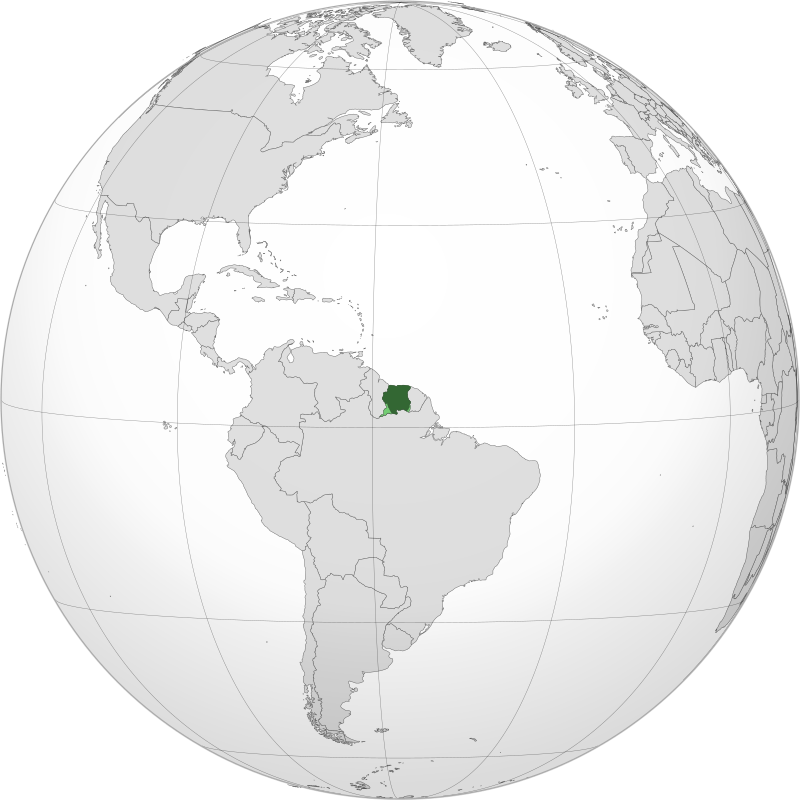
Suriname, located on the northeastern coast of South America, is the smallest country on the continent. Known for its tropical rainforests and diverse culture, Suriname is a melting pot of ethnicities, including Indigenous, African, Indian, Javanese, and European influences. Paramaribo, the capital, is recognized for its well-preserved Dutch colonial architecture and multicultural community.
The economy of Suriname relies on natural resources, especially gold, oil, and bauxite. Ecotourism is also on the rise, with the country’s rainforests and nature reserves attracting visitors interested in exploring pristine environments and indigenous culture.
Interesting Fact:
Suriname is one of the few countries outside of Europe where Dutch is the official language.
Uruguay
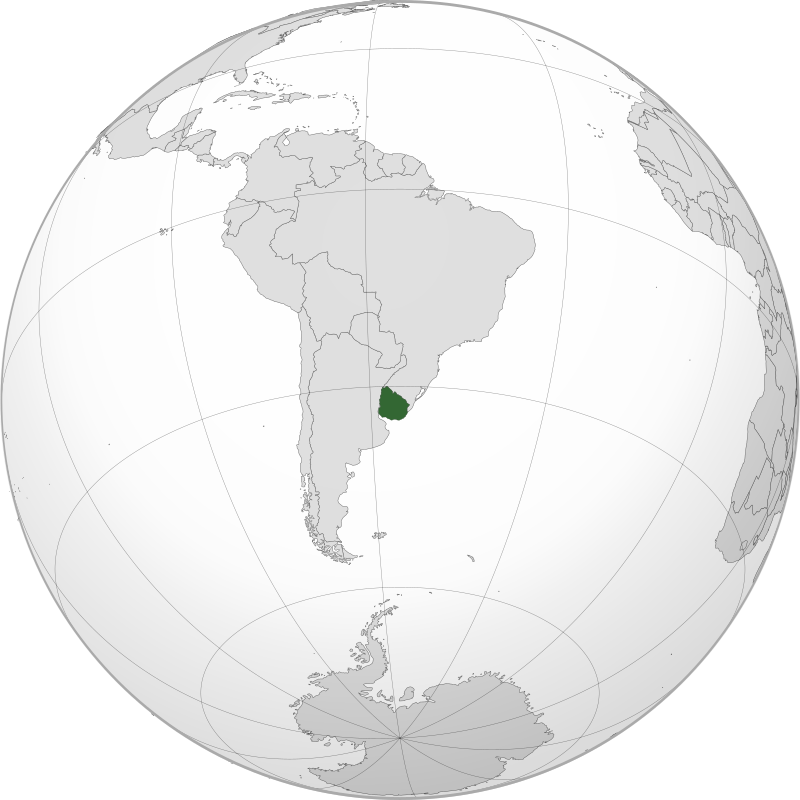
Uruguay, a small but prosperous country in southeastern South America, is known for its high quality of life, progressive social policies, and scenic landscapes. The capital, Montevideo, is a vibrant city with a strong cultural scene and a blend of European and Latin American influences. Uruguay’s coastal areas, including the popular Punta del Este, attract tourists from around the world.
Uruguay has a stable economy, largely based on agriculture, tourism, and renewable energy. The country is a leader in wind energy and has committed to sustainable development and environmental conservation. Uruguay also ranks highly in human development and democracy within Latin America.
Interesting Fact:
Uruguay was the first country in the world to fully legalize the production, sale, and consumption of cannabis.
Venezuela
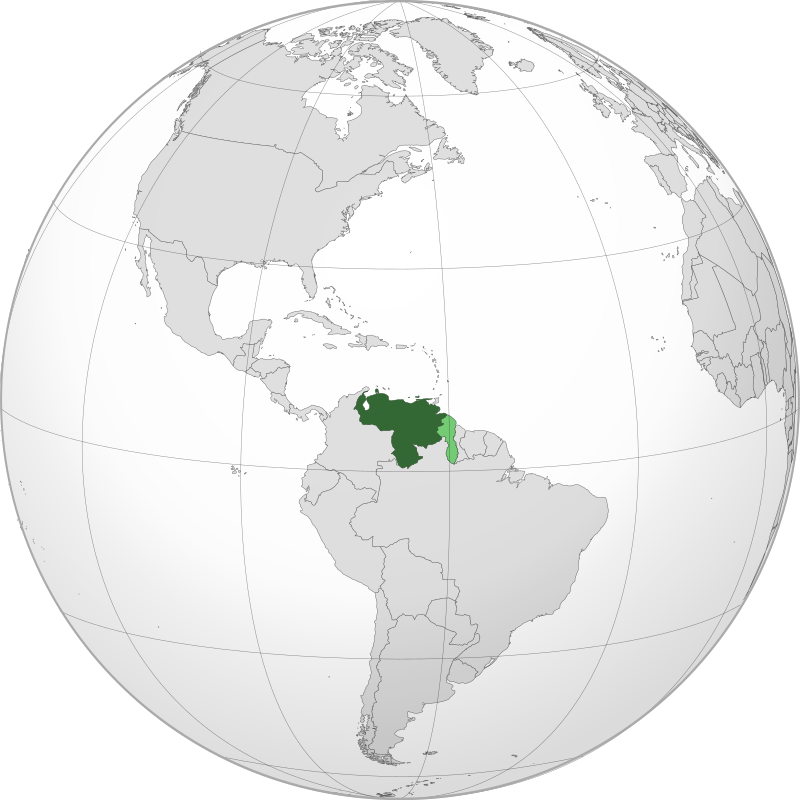
Venezuela, located on the northern coast of South America, is known for its rich natural resources, particularly its vast oil reserves, as well as its diverse landscapes, from Caribbean beaches to the Andes mountains and the Amazon rainforest. Caracas, the capital, is a city surrounded by mountains and is the center of the country’s political and cultural life.
Despite economic and political challenges, Venezuela is rich in biodiversity and natural wonders, including Angel Falls, the highest waterfall in the world. The country’s economy has been heavily dependent on oil exports, which have had a significant impact on its development and challenges.
Interesting Fact:
Venezuela’s Angel Falls is the world’s highest uninterrupted waterfall, with a height of 979 meters (3,212 feet).




